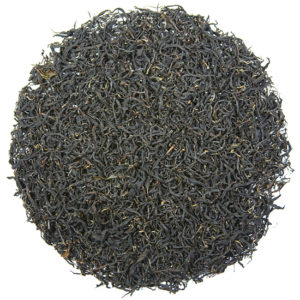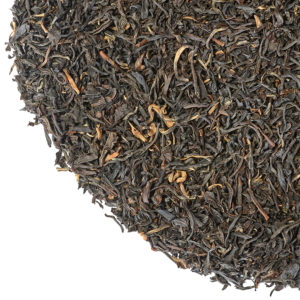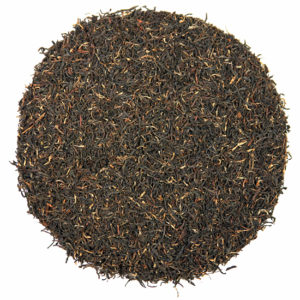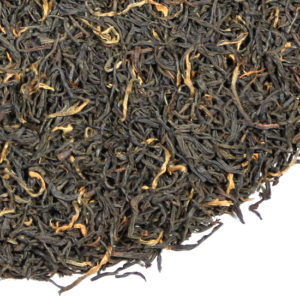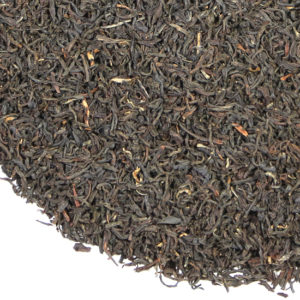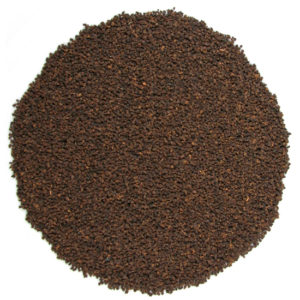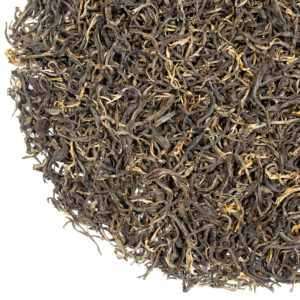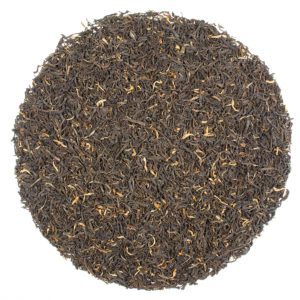
Delicious drunk plain or with milk and/or sweetener, black tea has been an essential beverage for Western tea drinkers since the introduction of tea to Europe by Dutch traders in the mid-1600’s.
Today, black tea continues to be the most popular type of tea consumed in Europe and North America. This style of tea was once the exclusive product of China, but today tea drinkers can find black tea that is produced in more than 50 countries around the world.
Black tea is manufactured from leaf that has been oxidized, and it steeps to what is generally considered to be a strong, dark cup. Black tea is produced in many different leaf styles and flavor profiles, each of which reflects the terroir of origin: aromatic, brisk yet smooth Keemun; complex Sichuan; full-bud, 'honeyed-caramel' specialties from Yunnan; delicate and aromatic Himalaya-grown tea from both Darjeeling and Nepal; robust Assam from north-eastern India; and classic fruity and brisk Ceylon teas from the Highlands of Sri Lanka.
Did you know that different black teas can be drunk young, rested or even aged?
Open the following accordion to learn more about this...
Aged & Rested Black Tea
Tea Trekker believes that some premium black teas taste better when they have rested a year or so before drinking.
Unlike green tea, most black teas will retain their flavor and aroma for many years, particularly orthodox-manufacture, whole-leaf black tea. Whole-leaf black teas bear no relation to the finely cut black tea found in a tea bag - treat yourself to several different whole leaf black teas and you will immediately notice better, more pure flavor, finesse, and depth of character.
Many of these premium black teas can be re-steeped, so the seeming higher cost of them may be reduced by half or two-thirds, making them not only a bargain, but quite often less expensive than 'cheap' tea.
Some black tea, especially very long leaf teas such as Yunnan black tea from southwest China can benefit from 'resting' or even aging, which may transform them into a more flavorful, deep and richly satisfying cup when kept in cool, dry storage conditions. (This does not mean that an un-identified package of supermarket black teabags that have been hiding in the back of your pantry for years will have blossomed into something wonderful !)
Our Selection of Black Tea:
helpful links:
2nd Flush (May, June)


